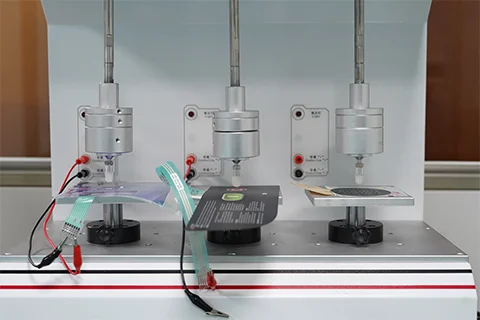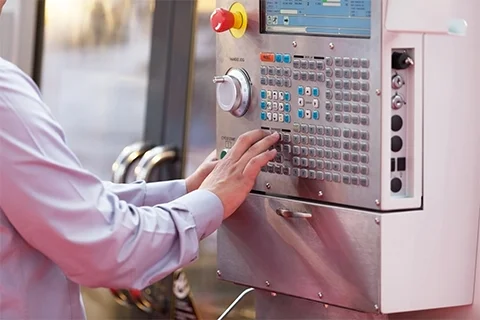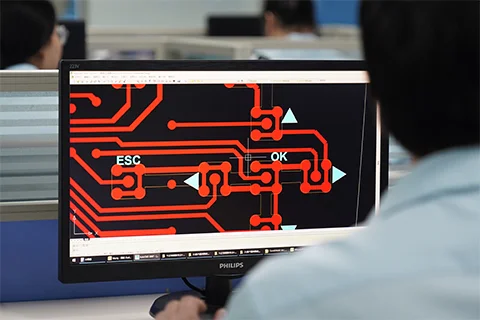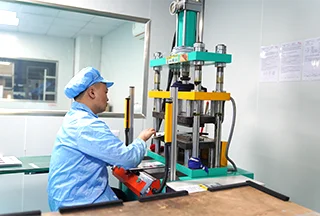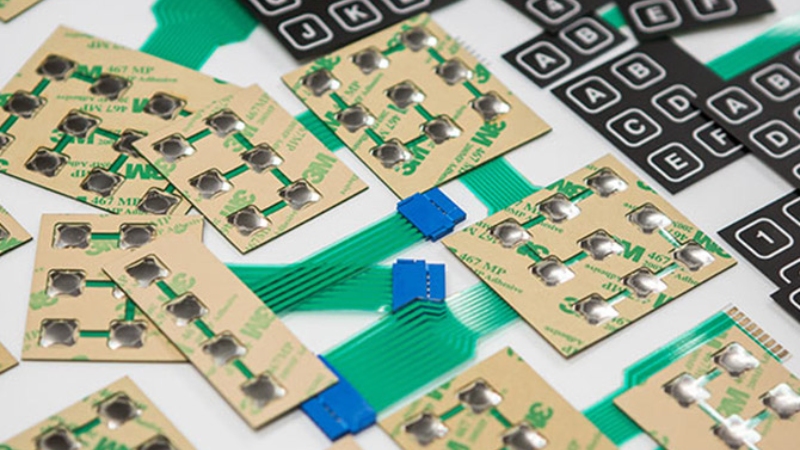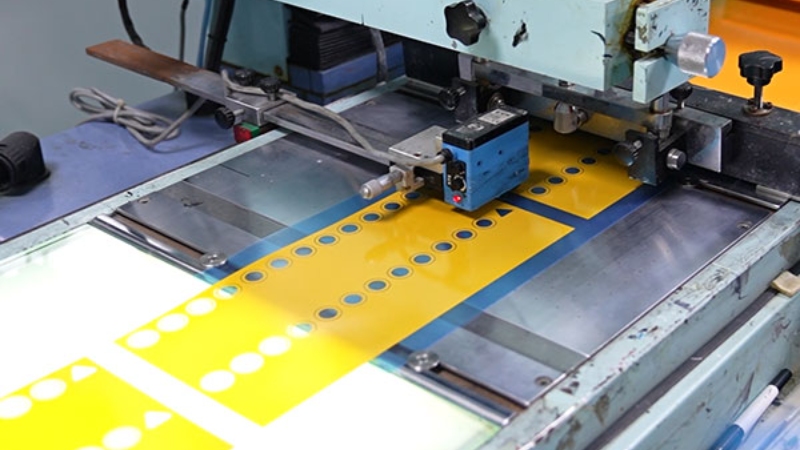Silicone Rubber Membrane Switch

A silicone rubber membrane switch, also known as a rubber keypad or rubber dome switch, is a type of user interface device used in electronic devices and control panels. It typically consists of a flexible rubber or silicone membrane with embedded conductive carbon pills or metal domes.
When pressure is applied to specific areas on the membrane, these elements make contact with the circuit, completing an electrical connection. Membrane switches are known for their durability, tactile feedback, and customization options, making them widely used in various electronic devices and control panels for their reliable and cost-effective user interface solutions.
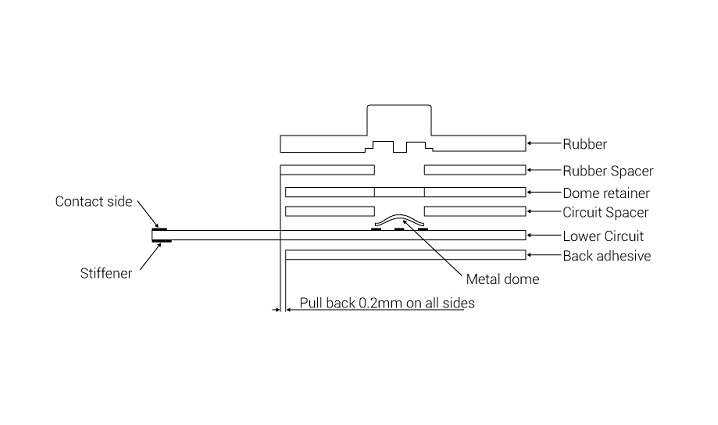
A silicone rubber membrane switch typically consists of several layers that work together to enable the switch to function. The top layer is a graphic overlay, often made of polyester or polycarbonate, that displays the labels or symbols for the buttons or functions. Beneath the graphic overlay is a spacer layer, which provides separation between the top layer and the conductive layers below.
These layers contain patterns or traces of conductive material, such as carbon or silver ink, which form the electrical circuit when pressed. The bottom layer is back adhesive, it always used to stick with the end-application.

The operation of a membrane switch is relatively straightforward. When you press a button on the switch, it immediately connects one of the columns to one of the row lines. This allows current to flow between these rows and columns.
For instance, if you press key 1, it connects row 1 to column 1. Similarly, if you press key 2, it connects row 1 to column 2. An Arduino microcontroller is employed to scan these row and column lines to detect which key has been pressed and take appropriate action accordingly.
Advantages of rubber membrane switch
Rubber membrane switches have specific characteristics that distinguish them from other types of membrane switches. Here are the key differences and advantages of rubber membrane switches compared to other membrane switches.
Common Applications of Membrane Switches
Membrane switches are often used in applications where tactile feedback, durability, and resistance to harsh environments are important, and need to control by programs. Contact us today for more information about membrane switches.
 |
 |
 |
 |
| General HMI Electronics | Control Panels | Industrial Controls | Automotive Interfaces |
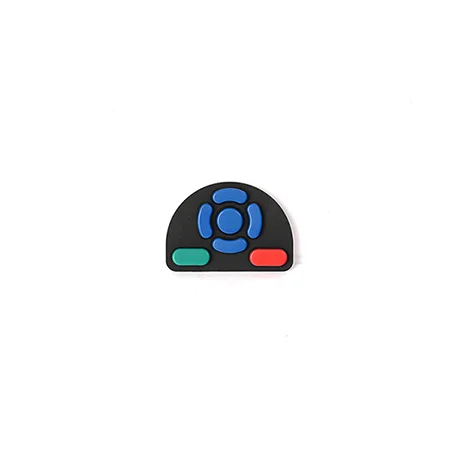
Silicone Rubber Membrane Switches for TV and audio system controls
A rubber keypad membrane switch utilizes compression-molded silicone rubber, incorporating either conductive carbon pills or non-conductive rubber actuators. When pressure is applied to the keypad, the webbing collapses or deforms, generating a tactile response. Upon release of the pressure, the webbing restores the keypad to its initial position, providing positive feedback. The switch circuit is ...
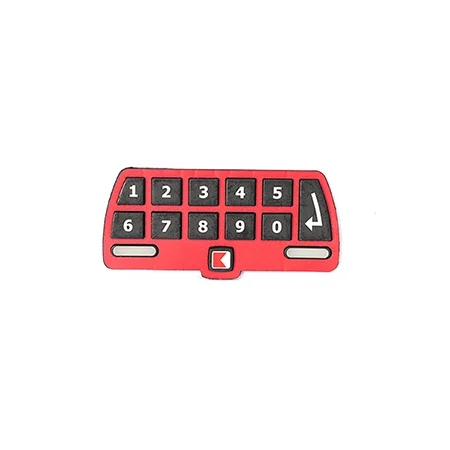
Silicone Rubber Membrane Switches for Portable Gaming Consoles
The membrane switch has a well-structured design, an attractive appearance, and excellent airtightness. It is characterized by a long lifespan and finds widespread applications in electronic communication, electronic measuring instruments, industrial control, automotive industry, smart toys, household appliances, and other fields.
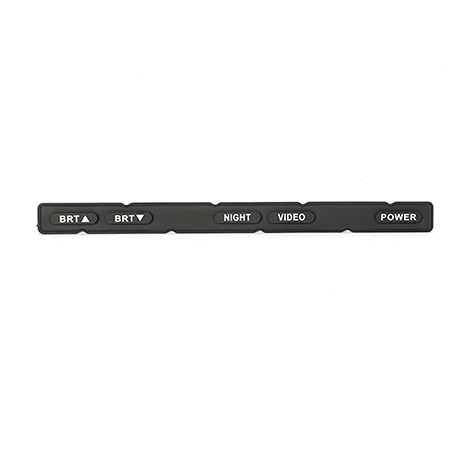
Silicone Rubber Keyboards for Control panels for machinery
The membrane switch has a well-structured design, an attractive appearance, and excellent airtightness. It is characterized by a long lifespan and finds widespread applications in electronic communication, electronic measuring instruments, industrial control, automotive industry, smart toys, household appliances, and other fields.
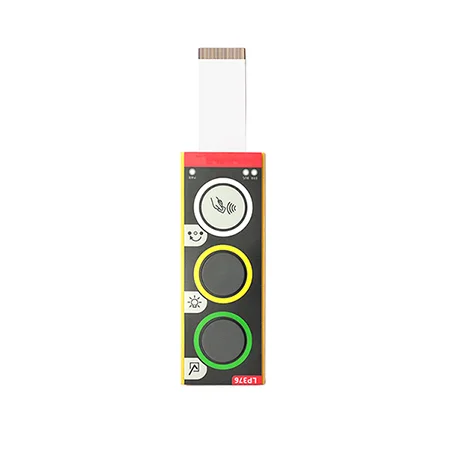
Fitness tracker controls use silicone tactile switch
The use of silicone membrane switches in the design of fitness tracker controls provides a technologically advanced solution that enhances the user experience and functionality of these health and activity monitoring devices.
Latest News
Contact us online

